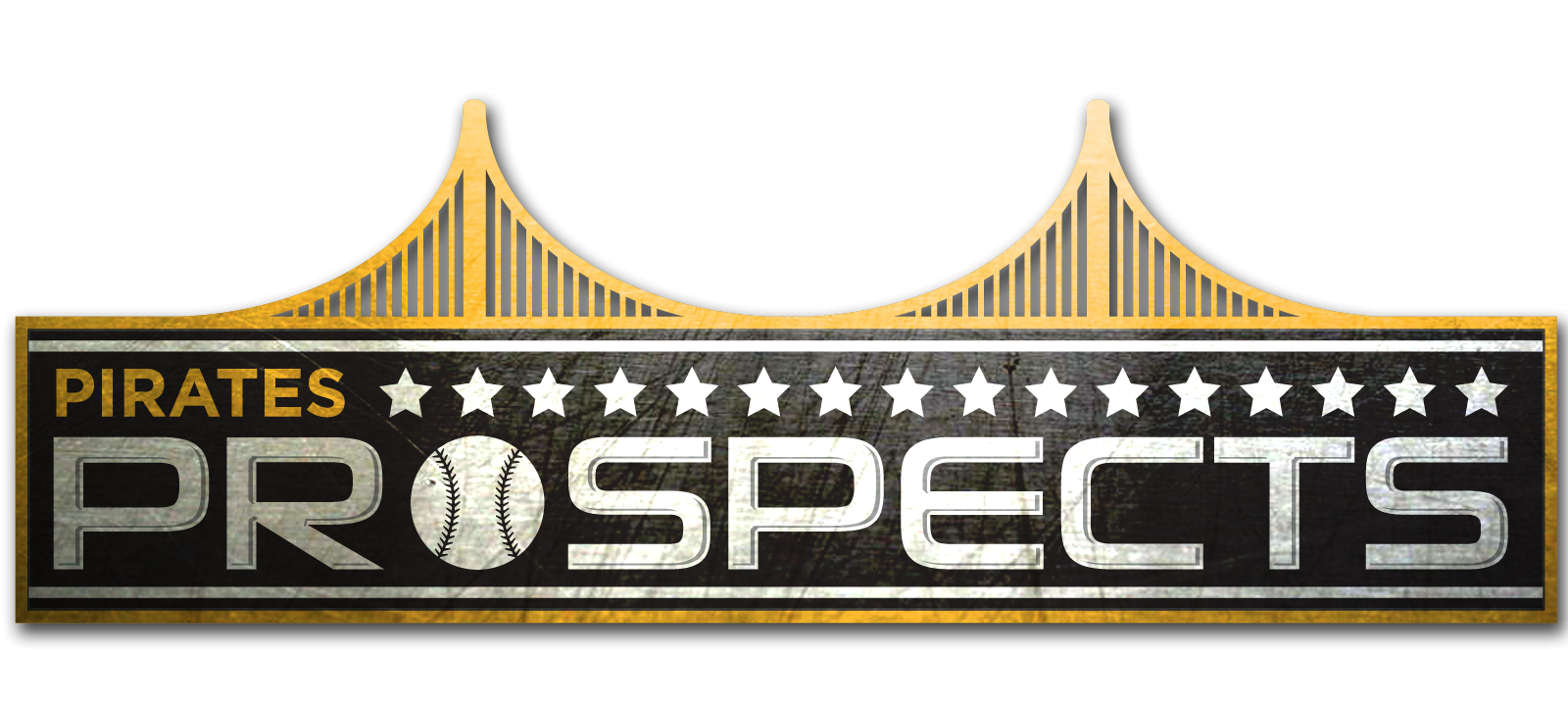“You can’t be great at something unless you’re willing to be bad at it.” – Ryan Reynolds
I’m a mad scientist.
I’ll run my arm across the lab table and send every old beaker and Bunsen burner crashing to the floor.
Or, at least that’s what it felt like with this site over the last year.
I’ve been thinking about what Pirates Prospects would be when it returned.
The idea with Pittsburgh Baseball Network is to provide a large enough site to allow for smaller sites within that focus on specialized coverage.
Pirates Prospects is the first of those sites.
If you’re coming over to Pirates Prospects and eventually subscribing (when I flip that switch in the next week), then you most likely already know the basics of minor league development. You come here to dig deeper into the specific subject of prospects in the Pittsburgh Pirates system.
My goal with P2.0 is to dig deeper into the system than we ever have. There used to be big feature articles that I had a chance to write, but didn’t ever get a chance to write because I had to write about so many other things.
Outside of First Pitch each night, my writing focus will be almost exclusively on the farm system, and I’m really excited to unleash the ideas I have for baseball moving forward.
We’re currently assembling our mid-season top 30 prospect list.
This list will be special, because it will be the last ranking we do under the ranking system we’ve used pretty much since starting this site.
That ranking system is just the standard 20-80 scale, heavily geared toward Baseball America standards — and it was that way for years prior to me joining them as their Pirates correspondent.
The new ranking system will be similar in concept, but much different in a way I can’t easily describe.
So, I’ll be laying the foundation of our future prospect coverage with a few articles this week, as a prelude to our mid-season rankings.
*****
I mention that Ryan Reynolds quote above because it relates to something that I’ve been thinking about for a few years. The full context of the quote comes from a podcast that Reynolds did, discussing a change in his approach in his mid-30s that led to all of his success to follow.
You start to want to create your own thing. Eventually I got to a place, I would say it wasn’t until my mid-thirties, to learn you can’t be great at something until you’re willing to be bad at it. It just freed me in a way I don’t think I’d ever experienced before. It really genuinely freed me up and amazing things started happening. I mean, a movie I’d been trying to get made for 10 years, Deadpool finally gets made. That changes my life. I sort of build on that. I can start a marketing company and continue to tell stories. I think it’s important.
When I’m not restructuring the site and building up a network, I’m writing about the Pirates on a daily basis. This week was the first week in a long time that I’ve had an article per day.
I’m going to see how long that streak can go. My previous record is Years.
That record was set when I had less to do on the back-end of the site, and the changes over the last year have pulled me away from writing daily.
Getting back into it, there’s a threshold you need to cross.
You need to be willing to write a bad article.
You don’t set out to write a bad article.
It just happens.
You post it, then quickly start to think about that next one, because you want to separate yourself from this one as quickly as possible.
Except, it doesn’t always happen that way.
There was one article I wrote this week that I almost didn’t write. I didn’t think it would be good, I didn’t think it would add any information, and I couldn’t think of a way to change those thoughts.
I decided to basically mail it in, write up a plain article, and move on to the next one.
In a lot of those cases, the article will surprisingly (to me, at least) be well-received. Like, if I had to rank my best articles, it wouldn’t be the same ranking you guys would probably give me.
Yet, within that, there would be an overlap. There would be an area where I know I can write an article and you guys will enjoy it and find it informative. Call it my strike zone.
I’ll expand my zone and try to hit a home run from time to time. I might swing and miss. If I make a career of swinging outside the zone, it will be a short career.
Instead, if I stay within that strike zone, I’ll hit as many home runs as my approach warrants, and I’ll have more hits of varying impact in general.
But, there’s no actual strike zone.
It’s all perception.
This ranking system feels like chasing a pitch, high and outside.
That’s not to say it won’t be a home run.
During this entire process, I’ve been thinking about the development of minor league players, and how so much of that development is shaped by perceptions, and outside feedback. There are aspects to this game that will probably never be quantified.
But, can they be visualized?
I guess we’ll find out soon, as my sports writing career comes to a crashing end with this week’s running, multi-part feature: Development Dimensions.
Check back Monday afternoon for Part 1.



